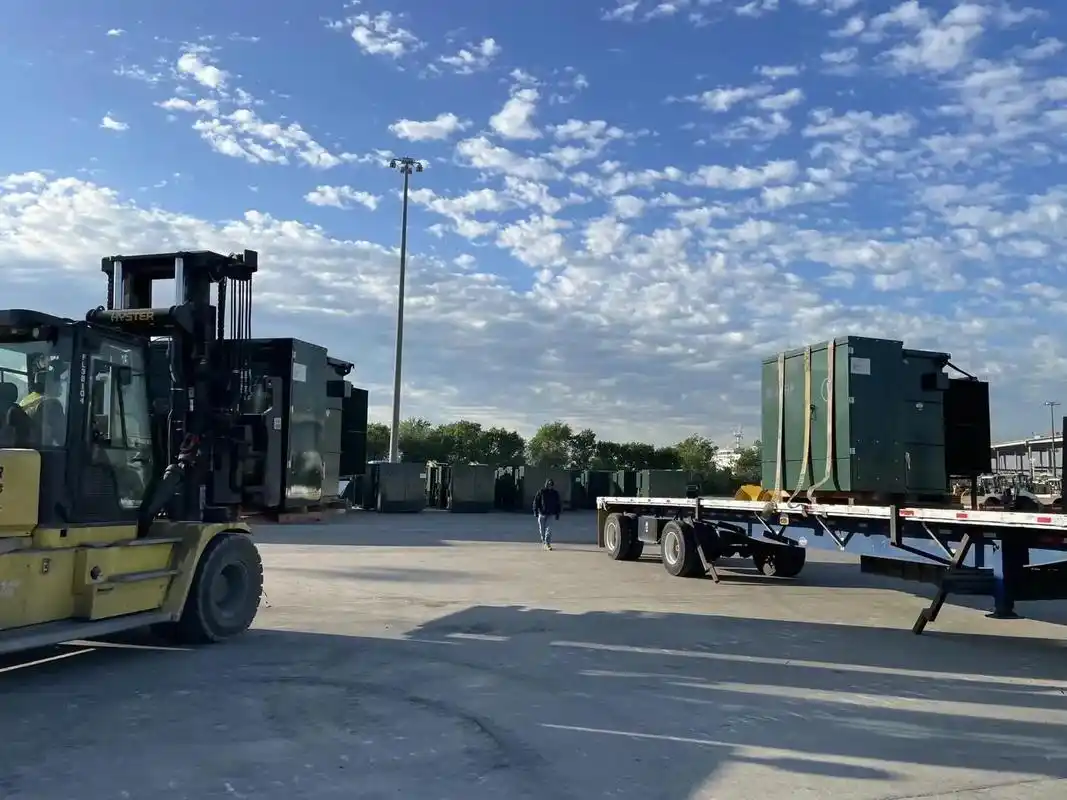The quest for digital gold, otherwise known as Bitcoin, has ignited a technological arms race: the relentless pursuit of more powerful, more efficient, and ultimately, more profitable Bitcoin mining machines. This isn’t your grandpappy’s gold rush; it’s a high-stakes game of algorithms, electricity, and sheer processing power, where the difference between profit and loss can hinge on the smallest tweak in hardware.
Hash rate, often measured in terahashes per second (TH/s), is the yardstick by which mining machine speed is measured. A higher hash rate translates to a greater probability of solving the complex cryptographic puzzles required to add new blocks to the Bitcoin blockchain and earn those coveted BTC rewards. But speed alone isn’t the whole story. Efficiency, primarily measured in joules per terahash (J/TH), dictates how much energy a machine consumes to produce that processing power. A mining machine with a blazing-fast hash rate but abysmal energy efficiency can quickly eat into profits, especially in regions with high electricity costs. Welcome to the fascinating world where raw computational muscle meets the cold, hard realities of thermodynamics.
The upfront cost of a Bitcoin mining machine, often referred to as a “miner” or a “mining rig,” is another critical factor. These specialized pieces of hardware aren’t cheap, often costing thousands, even tens of thousands, of dollars. The initial investment must be carefully weighed against the potential return, considering factors like the current Bitcoin price, the network difficulty (how hard it is to solve the puzzles), and the electricity costs. It’s a complex financial equation, one that requires careful planning and a dash of foresight. Furthermore, the rapid pace of technological advancement means that today’s top-of-the-line miner could be obsolete in a year, making depreciation a significant concern. Some opt for mining machine hosting services to alleviate the burden of maintenance and electricity costs, essentially renting space and power in specialized facilities.
Beyond Bitcoin, the landscape of cryptocurrency mining extends to other digital assets, such as Ethereum (ETH) – at least, before its transition to Proof-of-Stake – and Dogecoin (DOGE). While Bitcoin mining relies on specialized Application-Specific Integrated Circuits (ASICs), designed solely for the SHA-256 hashing algorithm, other cryptocurrencies may use different algorithms, requiring different types of hardware, often GPUs (Graphics Processing Units). The profitability of mining these alternative coins fluctuates based on market conditions and the network’s specific rules.
Exchanges play a vital role in the mining ecosystem. They provide the platform for miners to convert their earned cryptocurrency rewards into fiat currency or other digital assets. Liquidity, security, and trading fees are all important considerations when choosing an exchange. The exchange rate volatility of cryptocurrencies adds another layer of complexity, as the value of mined coins can fluctuate significantly between the time they are earned and the time they are sold.
The modern “mining farm” is a far cry from the solitary enthusiast tinkering in their garage. These are large-scale operations, often located in regions with cheap electricity, housing hundreds or even thousands of mining machines. Maintaining optimal operating conditions, including temperature and humidity control, is crucial for maximizing efficiency and preventing hardware failures. The sheer scale of these operations presents logistical and management challenges, requiring specialized expertise and significant capital investment. The location of these farms is a strategic decision, influenced by regulatory factors, energy costs, and climate.

Selecting the “best” Bitcoin mining machine is not a one-size-fits-all answer. It depends on individual circumstances, including budget, electricity costs, and risk tolerance. Rigorous research, careful financial modeling, and a realistic assessment of market conditions are essential for making informed decisions. The pursuit of digital gold is a challenging but potentially rewarding endeavor, demanding a blend of technical expertise, financial acumen, and a willingness to adapt to a constantly evolving landscape.
Furthermore, the environmental impact of Bitcoin mining has become a growing concern. The energy-intensive nature of the process has drawn criticism from environmental groups and regulators. Efforts are underway to develop more sustainable mining practices, including the use of renewable energy sources and more efficient hardware designs. The future of Bitcoin mining may depend on finding ways to minimize its environmental footprint and address concerns about its long-term sustainability.
Ultimately, the comparison of Bitcoin mining machines involves a complex interplay of speed, efficiency, cost, and environmental considerations. Staying informed about the latest technological advancements and market trends is crucial for anyone looking to participate in this dynamic and ever-changing industry. From the dedicated miner to the large-scale mining farm, the quest for digital gold continues, driven by the promise of decentralization, financial innovation, and the allure of potential riches.
This piece on Bitcoin mining machines cleverly balances speed, efficiency, and cost, revealing surprising trade-offs—efficiency often trumps raw power for long-term profits, with eco-friendly options emerging as smart investments.